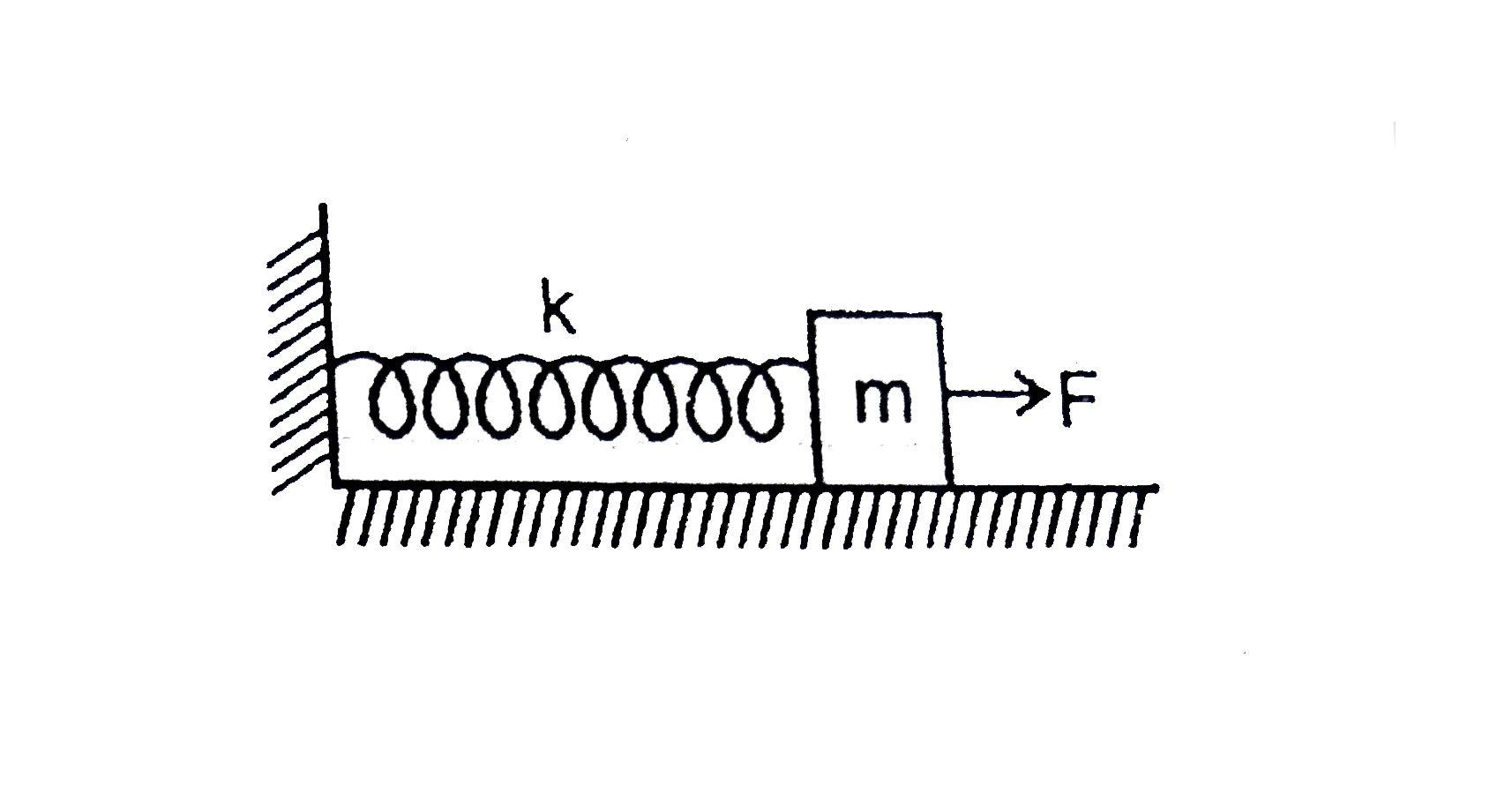Text Solution
Verified by Experts
The correct Answer is:
|
Topper's Solved these Questions
TEST PAPERS
RESONANCE|Exercise Physics|775 VideosView PlaylistTEST PAPERS
RESONANCE|Exercise PT-01|30 VideosView PlaylistTEST PAPERS
RESONANCE|Exercise PART - II PHYSICS SEC - 2|20 VideosView PlaylistSIMPLE HARMONIC MOTION
RESONANCE|Exercise Advanced Level Problems|13 VideosView PlaylistTEST SERIES
RESONANCE|Exercise PHYSICS|127 VideosView Playlist
Similar Questions
Explore conceptually related problems
Knowledge Check
Similar Questions
Explore conceptually related problems
RESONANCE-TEST PAPERS-PART - II PHYSICS
- A particle starts from point A, moves along a straight line path with ...
03:19
|
Play - A bullet of mass m strikes a pendulum bob of mass 2m with velocity u e...
03:32
|
Play - A block of mass m = 2 kg is connected to a a spring of force constant ...
06:46
|
Playing Now - In the figure, the pulley P moves to the right with a constant speed o...
02:22
|
Play - The position of a paricle moving along x-axis depends on time as x = 2...
02:40
|
Play - Displacment-time graph of a particle moving in a straight line is as s...
03:06
|
Play - Suppose a body that is acted on by only two forces, is accelerated. Fo...
02:15
|
Play - The spring is compressed by a distance a and released. The block again...
03:27
|
Play - A particle is revolving in a circle of radius r and centre at 'O' with...
01:53
|
Play - Assuming potential energy 'U' at ground level to be zero. All obj...
09:11
|
Play - The potential energt of a particle of mass 0.1 kg, moving along the x-...
03:44
|
Play - A hemi-spherical cavity is created in solid sphere (of radius 2R) as s...
03:09
|
Play - A ballon moves up with a velocity 5 m//s. A stone is thrown from it wi...
04:33
|
Play - A particle is moving in a straight line according to graph given below...
05:43
|
Play - Two springs are in a series combination and are attached to a block of...
02:01
|
Play - System shown in figure is equilibrium in vertical plane. Consider the ...
03:18
|
Play - A solid cube of mass 2 kg is placed on rough horizontal surface, in xy...
04:09
|
Play - A block of mass 10 kg is placed on a rough horizontal surface and is a...
07:54
|
Play - A painter is applying force himself to raise him and the box with an a...
05:21
|
Play - Initially a man and a car both are stationary and situated at a distan...
03:23
|
Play
